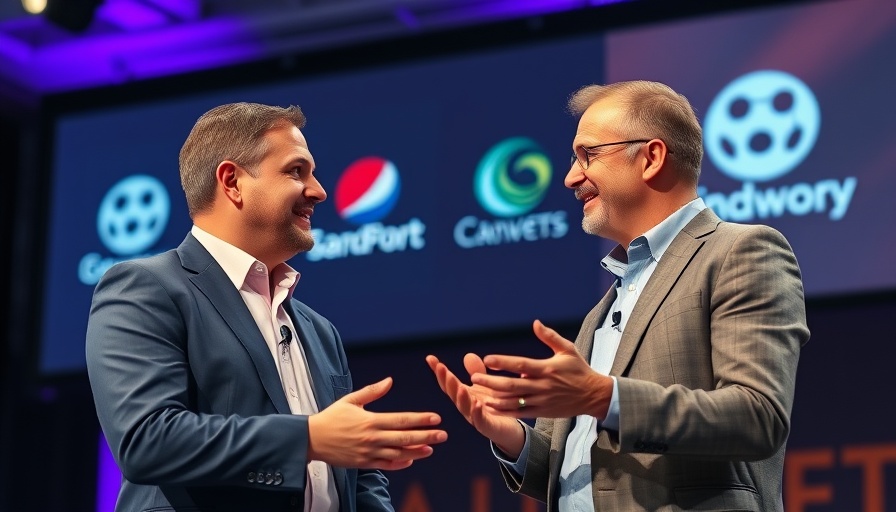
The Rise of Human-Centric Customer Service
Klarna, a major player in fintech, is making a significant shift in its customer service strategy. CEO Sebastian Siemiatkowski recently revealed that the company plans to integrate more human workers into its operations, despite previously relying heavily on artificial intelligence (AI) for customer support. This move comes as a response to changing consumer preferences, highlighting the growing desire for personal touch in an increasingly automated world.
Understanding the Shift: Why Humans Matter
During a recent talk at London SXSW, Siemiatkowski emphasized the dual role of AI and human workers within Klarna. By adopting AI systems to manage repetitive and mundane tasks, Klarna has not only reduced operational costs but has also freed up resources to enhance employee compensation. However, the CEO firmly believes that human interaction will always resonate with customers seeking a VIP experience.
As technology continues to evolve, companies like Klarna are recognizing that personal interaction is more than just a luxury—it's vital for customer satisfaction and loyalty. Siemiatkowski’s analogy of handcrafted clothing spoke volumes; customers often prefer unique, hand-stitched pieces over machine-made items, and the same expectation applies to customer service.
Embracing AI to Enhance Human Roles
Klarna’s strategy isn't just about bringing back human employees; it's about using AI to empower those workers. The CEO mentioned that even his own coding skills were enhanced through AI tools like ChatGPT, which he uses as a personal tutor. This dynamic demonstrates that rather than replacing employees, AI can serve as a valuable supplemental resource, enabling them to grow their skill sets and focus on more creative tasks.
This new approach is increasing productivity while simultaneously creating a workspace where creative and business-oriented minds can thrive together. By engaging human talent alongside AI capabilities, Klarna aims to create a more efficient, innovative, and human-centered customer service experience.
Future Predictions: The Landscape of Customer Service
The fintech landscape is continually shifting, and Klarna’s approach could be a blueprint for others in the industry. As companies assess their customer service models, they will need to consider customer preferences for meaningful interactions. Experts predict that the future will see a blend of AI efficiency with human authenticity, enabling brands to cultivate deeper customer relationships.
Moreover, as the job market evolves with technological advancements, we may witness a rise in hybrid roles where business understanding and technical skills intersect. Those who can bridge the gap between technology and customer engagement will be at a significant advantage.
The Balancing Act: Human vs. AI Workers
While Klarna is currently seeing a reduction in the total number of employees, especially in non-engineering roles, the company's investment in personal customer service indicates a thoughtful balance between human and AI involvement. As processes become more automated, employees will be tasked with higher-level responsibilities that leverage their business acumen and emotional intelligence—skills that AI cannot replicate.
This evolution could lead to a more satisfying work environment, which, in turn, may translate to higher quality customer interactions. Businesses embracing this hybrid model could gain a competitive advantage as they cater to a customer base increasingly in search of personalized service.
Conclusion: A Call for Customer-Centric Approaches
Klarna’s initiative exemplifies a pivotal moment in the business world, where the growing reliance on technology has sparked a counter-movement advocating for human connection. As consumers become more selective about their service experiences, brands must recognize the importance of blending technological efficiencies with the irreplaceable value of human interaction.
For businesses navigating this space, it's crucial to reassess customer service approaches, finding innovative ways to harness technology while still delivering the warmth and attentiveness that customers crave. By embracing both AI-driven solutions and the unique qualities of human workers, companies can not only survive but thrive in this competitive market.
 Add Row
Add Row  Add
Add 



Write A Comment